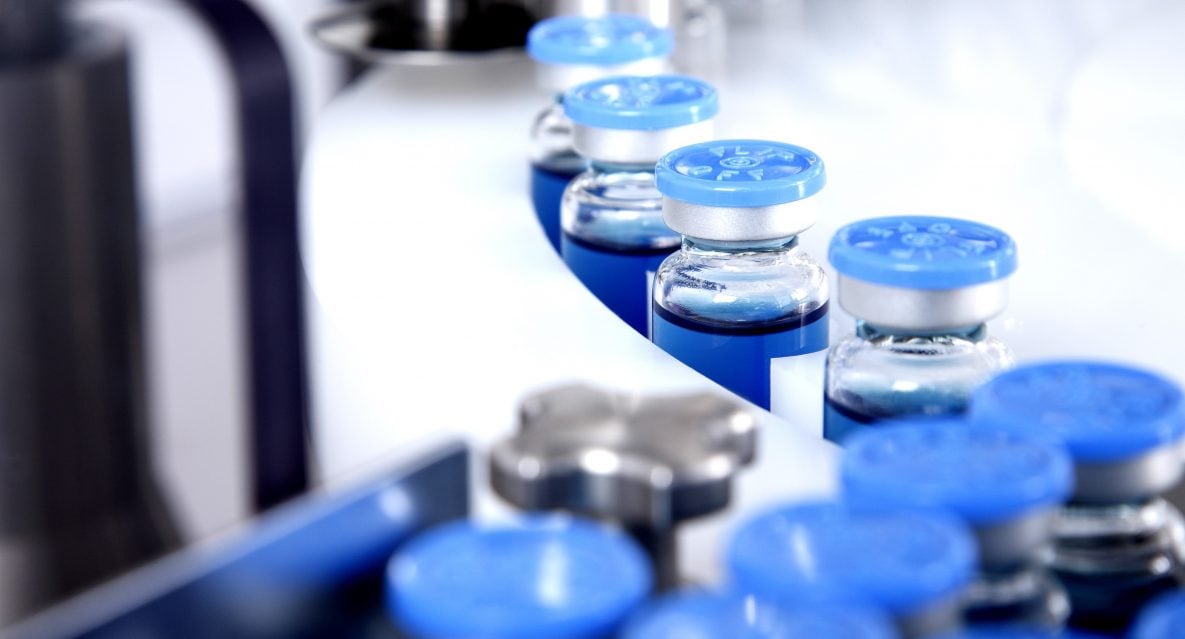What’s in Vaccines?
Today’s vaccines use only the ingredients they need to be as safe and effective as possible.

Every vaccine ingredient serves a purpose
To provide immunity
We become immune to (or protected from) a disease when our bodies create specific antibodies to fight that disease. Vaccines contain ingredients that help your body build this immunity.
To keep the vaccine safe and long-lasting
Vaccines need to be safe and effective. Certain ingredients help keep vaccines safe from contamination and toxins. Others, like stabilizers, help vaccines stay effective for a long time.
To make the vaccine more effective
All vaccine ingredients help to make a vaccine as effective as possible, while being safe. Ingredients like aluminum salt help boost the body’s response to the vaccine.
Ingredients found in some vaccines
Purpose: To keep the vaccine effective after manufacturing
Most commonly found in: Jell-O®, naturally in the body
Examples: Sugars, gelatin
Purpose: To help boost the body’s response to the vaccine
Most commonly found in: Drinking water, infant formula, and some health products such as antacids, buffered aspirin, and antiperspirants
Examples: Aluminum salts
Purpose: To kill viruses or inactivate toxins during the manufacturing process
Most commonly found in: Naturally in the human body, fruit, household furnishings (carpets, upholstering)
Example: Formaldehyde†
Purpose: To grow enough of the virus or bacteria to make the vaccine
Most commonly found in: Eggs, and foods that contain eggs
Examples: Egg protein^
Purpose: To prevent contamination by bacteria during the vaccine manufacturing process
Most commonly found in: Common antibiotics. Antibiotics that people are most likely to be allergic to—like penicillin—aren’t used in vaccines.
Examples: Neomycin, Kanamycin, Streptomycin
Purpose: To prevent contamination
Most commonly found in: Some kinds of fish
Example: Thimerosal (only in multi-dose vials of flu vaccine)*
Most vaccines do not have any mercury in them. However, multi-dose flu vaccines and one type of Td vaccine contain a small amount of thimerosal. Thimerosal contains a form of mercury (ethylmercury) that does not cause mercury poisoning and is safe for use in vaccines. Flu and Td vaccines are also available in thimerosal-free versions.
Vaccines can help protect against certain diseases by imitating an infection. This helps teach the immune system how to build immunity to fight off a future infection. Different vaccines provide immunity in different ways.
Ingredients in specific vaccines
The Food and Drug Administration (FDA), which is responsible for making sure vaccines are safe and effective, has information about all approved vaccines. Check out the below links to discover the different vaccine options and the various ingredients.
FDA-approved vaccines
Learn about the vaccines that are currently approved in the U.S. by the FDA to prevent different diseases.
See approved vaccines
More about vaccine ingredients
Want to know more? Read about common vaccine ingredients from the FDA.
Learn from the FDA
Footnotes
† Formaldehyde is diluted during the vaccine manufacturing process, but residual quantities of formaldehyde may be found in some current vaccines. The amount of formaldehyde present in some vaccines is so small compared to the concentration that occurs naturally in the body that it does not pose a safety concern.
^ Because influenza and yellow fever vaccines are both made in eggs, egg proteins are present in the final products. For people with egg allergies, there are now two new flu vaccines available. People with severe egg allergies should be vaccinated in a medical setting and be supervised by a health care professional who can recognize and manage severe allergic conditions.
* Thimerosal contains a different form of mercury (ethylmercury) than the kind that causes mercury poisoning (methylmercury). Ethylmercury is safe to use in vaccines because it’s processed differently in the body and is less likely to build up in the body—and because it’s used in tiny amounts. Even so, most vaccines do not have any thimerosal in them. Learn more about thimerosal, mercury, and vaccine safety.
Vaccine information for you and your family